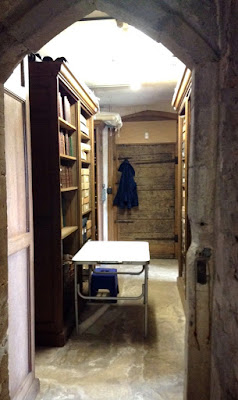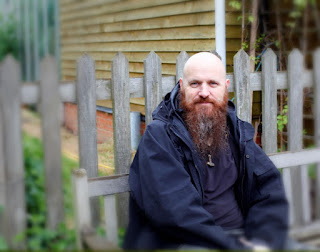Berkeley Castle Archives: an interview with David Smith part 2.

Following on from our blog post yesterday, students Tatchiana and Hattie discussed conservation issues facing Mr Smith as an archivist and his other interests. What do you personally consider to be the most interesting research that has been conducted using anything from the archives? Is there anything which stands out as particularly significant? There have been several pieces of research that I’ve been really impressed by. The doctoral theses really are the tops because people have the time to really get into the documents in depth, and also read around them and compare them with documents in other repositories. The study of the development of the estate in the eighteenth century based on the Manor of Ham is a brilliant piece of work. He hasn’t quite finished writing it, but it will be brilliant, and he’s made a couple of presentations at Berkeley on what he’s discovered. And the medieval studies have been marvellous. [Bridget Wells-Furby] wrote an economic study of the B...







